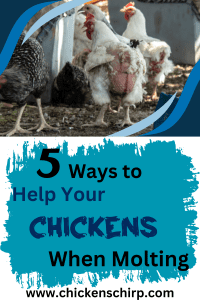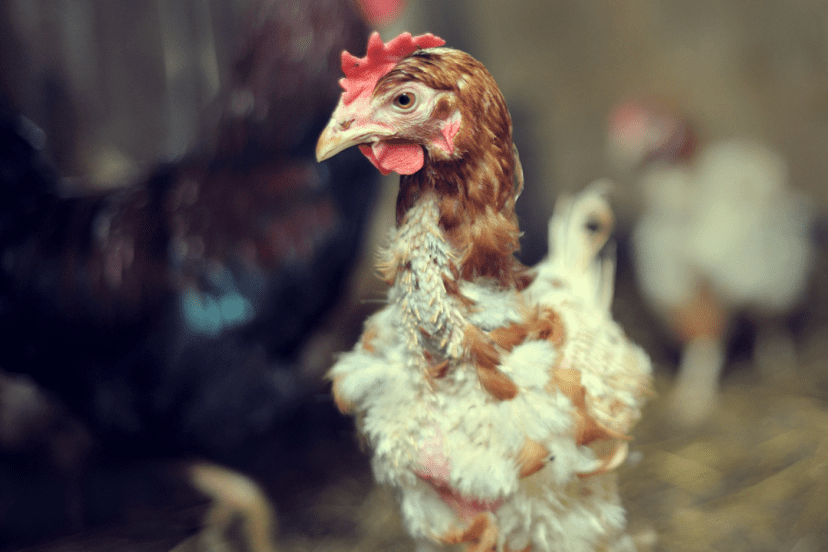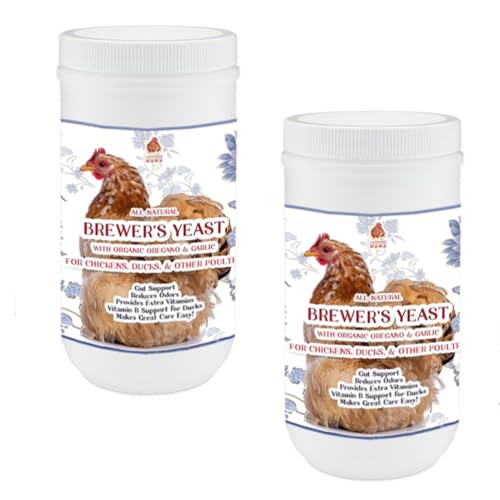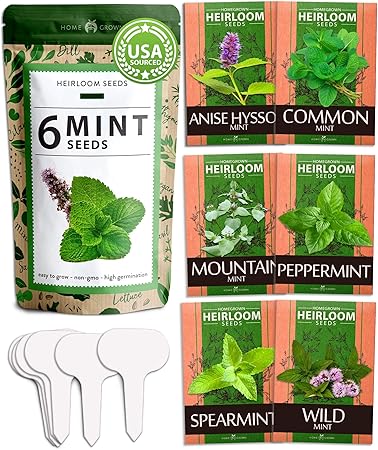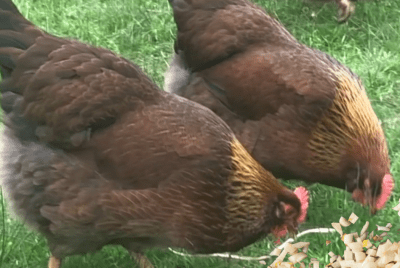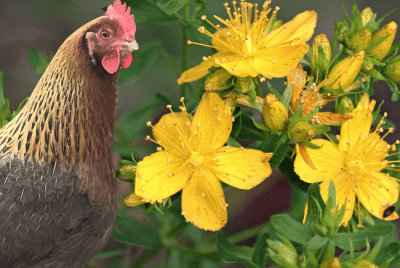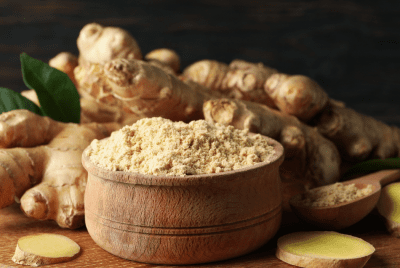Chicken Molting
Chicken Molting
1.Introduction to Chicken Molting
Hey there, fellow chicken lovers! Let’s dive deep into the world of chicken molting, a topic that, while might seem mundane to some, is actually pivotal for the well-being of our feathered friends.
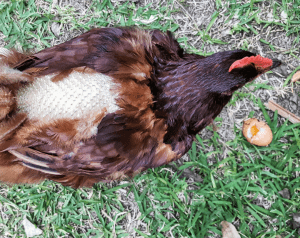
Molting, simply put, is the process by which chickens shed their old feathers to make room for new ones. This isn’t just about beauty; it’s about health, comfort, and the lifecycle of our chickens.
Understanding molting is crucial for several reasons. First, it affects the egg production rates, which, let’s face it, is a big deal for many of us.
Second, it can significantly impact the health and mood of our chickens. By getting to grips with what molting involves, and how it affects our chickens, we can provide better care. When it happens we can ensure they remain happy, healthy, and productive.
So, whether you’re a seasoned chicken keeper or new to the coop, stick around as we unravel the mysteries of chicken molting. We are offering tips, debunking myths, and sharing insights to help you through the molting season. It’s a feathery journey worth taking, promising to enhance your chicken-keeping experience.
1.1. What is Chicken Molting?
Chicken molting is a natural cyclical process that all chickens go through. It typically happens once a year, where they shed their old feathers to grow new ones.
This process is crucial for their well-being. Why? Because feathers provide insulation, protection, and aid in flight. Molting can vary in duration and intensity, with some chickens losing feathers gradually, while others may lose them more quickly. This of course leads to a more dramatic change in appearance.
During molting, chickens may appear ragged, a bit unsightly and bare in spots. But, this is a normal part of the cycle, allowing for the growth of healthier and fuller feathers.
Understanding this process helps keepers provide the right care. Since molting, affects not only the chicken’s appearance but also its health and productivity, particularly in terms of egg-laying capabilities.
1.2. Importance of Understanding Chicken Molting

Understanding molting is crucial for anyone keeping chickens, as it directly impacts their health, comfort, and egg production.
Recognizing the signs and stages of molting allows chicken keepers to adjust care, providing extra nutrition or warmth as needed.
During molting, chickens require higher protein diets to support feather regrowth, and they may need more protection from the elements due to the temporary loss of insulating feathers.
Additionally, being aware of the molting process can help keepers manage their expectations around egg production, as chickens often lay fewer eggs or stop laying altogether during this time.
Knowledge of molting enables keepers to provide targeted support, ensuring their chickens remain healthy and return to full productivity more quickly. This understanding fosters a more compassionate and effective approach to poultry care, enhancing the welfare of the birds and the satisfaction of the keepers.
2.The Signs of Molting
Spotting signs of molting early can make a difference in how you support your chickens through this natural, yet challenging, process.
The first tell-tale sign is, quite obviously, the loss of feathers. But it’s not just a few feathers here and there; we’re talking about a noticeable thinning that can leave your chickens looking a bit worse for wear.
It’s not just a cosmetic issue; this feather loss can make chickens more sensitive to the weather and their environment, requiring extra care from us.
Behaviorally, chickens might seem more withdrawn or irritable during molting. They’re not just being moody; the process of losing and regrowing feathers can be uncomfortable, even painful. This means they might not mingle as much or be as active.
Understanding these signs is the first step in providing the support and care your chickens need during molting. It’s about more than just waiting for new feathers to come in; it’s about actively helping your chickens navigate this period with as little stress and discomfort as possible.
2.1. Physical Signs of Molting in Chickens
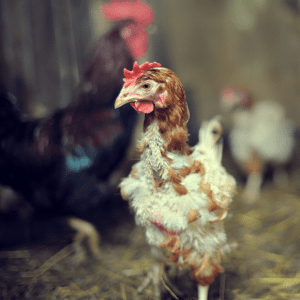
The physical signs of molting in chickens are often unmistakable and can provide clear indicators that the molting process has begun.
Initially, you might notice an increase in feather loss, with feathers scattered around the coop and run, a natural first sign that molting is underway.
As the process progresses, chickens may exhibit patchy areas where feathers have been lost, leading to a somewhat ragged and unkempt appearance.
In some cases, new pinfeathers, which are the new feathers starting to grow, can be observed. These are sensitive to the touch and can cause discomfort for the chicken.
The severity and pattern of feather loss can vary widely among chickens. Some experience a more uniform shedding and regrowth, while others may lose feathers in large patches, significantly altering their appearance.
Observing these physical changes is vital for chicken keepers, as it signals the need for increased nutritional support and possibly adjustments in the coop to protect more exposed chickens from the elements during their vulnerable molting period.
2.2. Behavioral Changes
During the molting process, chickens may exhibit several behavioral changes, reflecting the discomfort and vulnerability associated with losing and regrowing feathers.
One common change is a decrease in social interaction; chickens might keep to themselves more, avoiding the pecking and jostling that are part of normal flock dynamics. This can be due, in part, to the discomfort of growing new feathers, making them less tolerant of being touched or bumped.
Additionally, chickens might show signs of irritability or restlessness, which can be attributed to the physical discomfort of molting. Their usual routines, including foraging and dust bathing, may be disrupted, leading to a more sedentary lifestyle during this period.
Furthermore, the stress of molting can lead to a temporary decrease in egg production, as the chicken’s body diverts energy and nutrients towards feather regrowth. Their bodies can’t do both these major processes both at the same time. This is their rest and recouperation period.
Recognizing these behavioral cues is essential for providing appropriate care, such as ensuring a peaceful, stress-free environment and offering extra comfort and protection to support them through the molting process.
3.The Stages of Molting
3.1.Early Stage
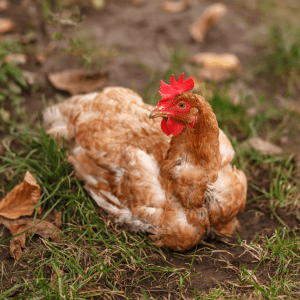
The early stage of molting is marked by the initial loss of feathers, beginning subtly with small feathers and gradually including larger ones. During this phase, chickens might not show significant changes in their appearance, making it less noticeable to the untrained eye. However, a closer inspection would reveal loose feathers in the coop and a slight thinning of the bird’s plumage. This stage is critical for setting up the conditions for healthy new feather growth. Chickens may start to show a slight decrease in energy levels as their bodies begin to redirect nutrients towards the development of new feathers, preparing for the more intensive phases of molting that lie ahead.
3.2.Mid Stage
During the mid stage of molting, feather loss becomes more pronounced, and the appearance of new pinfeathers, or keratin sheaths, indicates the growth of new feathers. This stage is the most noticeable and can often look quite dramatic, with chickens appearing patchy and bare in areas. The discomfort from the emerging new feathers can lead to changes in behavior, such as decreased social interaction and an increased need for personal space within the coop. The nutritional demands of the chickens are heightened during this period, as the energy and protein requirements for growing a full set of feathers are significant. Providing a diet rich in proteins and essential nutrients is crucial to support them through this demanding phase.
3.3.Late Stage
The late stage of molting is characterized by the majority of new feathers having emerged, with chickens starting to regain their full and fluffy appearance. The new feathers, initially covered in sheaths, begin to break free, revealing shiny and healthy plumage underneath. This stage signals a return to normalcy, with chickens becoming more active and social as the discomfort of feather regrowth subsides. Egg production, which may have slowed or stopped during the peak of moulting, often begins to resume as chickens feel more comfortable and their bodies adjust back to their regular physiological functions. The late stage is a period of recovery and rejuvenation, with chickens displaying a renewed vigor and a pristine coat of feathers, marking the successful end of the molting process.
4.Nutritional Needs During Molting

4.1.Importance of Protein
During molting, the importance of protein in a chicken’s diet cannot be overstated. Feathers are composed primarily of keratin, a type of protein, which means that regrowing feathers requires a significant amount of this nutrient.
A high-protein diet is essential to support the rapid development of new feathers and to help chickens maintain their overall health and energy levels during this demanding period.
Increasing the intake of protein-rich foods, such as high-quality poultry feed, sunflower seeds, mealworms, or a supplementary mix of seeds and legumes, can provide the necessary support for efficient and healthy feather regrowth. Adequate protein ensures that molting chickens can recover their full plumage more quickly and return to their normal activities, including egg production.
4.2.Vitamins and Minerals
In addition to protein, vitamins and minerals play a critical role in supporting chickens through the molting process. Vitamins such as A, D, and E are vital for skin health and feather development, while minerals like zinc and selenium are crucial for the formation of strong and durable feathers.
Ensuring that chickens have access to a balanced diet that includes these essential nutrients can significantly impact the quality of the new feathers and the overall health of the bird. Leafy greens, fruits, and vegetables can be excellent sources of these vitamins and minerals, complementing their primary feed.
Furthermore, some keepers opt to provide specialized molting supplements to ensure that their chickens receive all the necessary nutrients to navigate the molting season successfully.
5.Providing the Right Diet

Supporting your chickens through molting begins with offering them the right diet, which is crucial for replenishing lost feathers and maintaining overall health.
A high-protein diet is essential, as protein is the building block of feathers. Incorporating poultry feeds formulated specifically for molting, which typically have a higher protein content, can provide the necessary nutritional support.
Adding protein-rich snacks, such as mealworms, cooked eggs, or a small amount of meat, can also help. Beyond protein, ensure the diet includes fresh greens, fruits, and vegetables for a balanced intake of vitamins and minerals, aiding in the regeneration of feathers and supporting immune health.
Proper hydration is equally important, so keep fresh water available at all times to help with nutrient absorption and overall well-being.
5.2.Keeping Stress Levels Low
Minimizing stress is another key aspect of supporting chickens through the molting process. Stress can exacerbate feather loss and slow the regrowth of new feathers, making an already challenging time even more difficult for the birds. Create a calm and comfortable environment by ensuring the coop is clean, well-ventilated, and safe from predators. Avoid introducing new birds into the flock during molting, as this can cause additional stress. Provide ample space for each chicken to reduce pecking and competition for resources. Engage in gentle handling and avoid any unnecessary disturbances. By maintaining a peaceful environment and adhering to a routine, you can help keep stress levels low, allowing your chickens to focus their energy on regrowing their feathers and returning to their usual, productive selves.
6.Common Misconceptions About Molting
6.1.Moulting and Illness
A common misconception about chicken molting is that it’s indicative of illness. When chickens lose feathers and exhibit changes in behavior, some keepers might mistakenly think their birds are sick.
However, molting is a natural, cyclical process that all chickens go through as part of their growth and renewal cycle. While it’s true that chickens can appear somewhat bedraggled and may act differently during molting, these signs are not typically related to illness.
It’s important for chicken keepers to recognize the normal signs of molting and distinguish them from symptoms of diseases, which may include lethargy, changes in eating or drinking habits, and abnormal droppings, among others.
Understanding the difference can prevent unnecessary worry and ensure that chickens receive the right care during their molting period without confusing it with sickness.
6.2.Egg Production During Molting
Another widespread misconception concerns egg production during the molting period. It’s often believed that chickens will continue to lay eggs at their normal rate throughout molting. In reality, egg production usually decreases or even stops during this time.
This temporary decline in egg laying is normal and expected, as the chicken’s body diverts resources towards growing new feathers, a process that requires a significant amount of energy and nutrients.
Some keepers might worry about the drop in productivity, thinking something is wrong with their flock. However, understanding that this decrease is a natural part of the molting process can help keepers manage their expectations and provide their chickens with the support they need to resume normal egg production once molting is complete.
7.The Impact of Molting on Egg Production
7.1.What to Expect

During the molting season, chicken keepers can expect a noticeable decrease in egg production.
This decline is a natural response of the chicken’s body, prioritizing feather regrowth over egg laying. The extent of the reduction in egg production can vary from bird to bird, with some chickens stopping egg laying altogether, while others may only see a slight decrease.
The duration of this decreased productivity also varies, typically lasting for the duration of the molting process, which can be anywhere from a few weeks to several months, depending on the chicken and the conditions.
This period can be challenging for keepers who rely on their chickens for a steady supply of eggs, but it’s important to remember that this is a temporary phase in the chicken’s natural cycle, and normal egg production levels will resume once molting is complete.
7.2.How to Mitigate the Impact of Chicken Molting
While it’s impossible to prevent the natural decrease in egg production during molting, there are ways to mitigate the impact and support your chickens in resuming normal laying patterns more quickly.
Providing a high-protein diet is crucial during this time, as additional protein supports not only feather growth but can also help in maintaining the chicken’s overall health, potentially reducing the duration of the laying hiatus.
Ensuring that your chickens are stress-free is another important factor; a calm and comfortable environment can support overall health and well-being, which in turn can help in maintaining egg production.
Additionally, keeping a consistent light schedule can help, as egg laying is influenced by the amount of light chickens are exposed to. However, it’s important to use artificial lighting judiciously and not disrupt the chickens’ natural cycles. I personally do not use this as I believe it shortens the life cycle of the chicken.
Lastly, providing supplemental vitamins and minerals can support overall health, potentially aiding in quicker recovery from molting and a return to regular egg production. By addressing these areas, keepers can help their chickens through the molting process and minimize the duration of reduced egg production.
8.Tips for Managing Chicken Molting Season
8.1.Environmental Adjustments
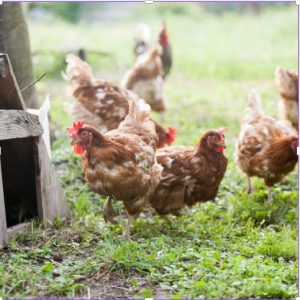
Making thoughtful environmental adjustments is key to managing the molting season effectively. As chickens lose their feathers, they lose a layer of insulation that keeps them warm, making them more susceptible to the cold.
To counteract this, ensure that the coop is well-insulated and free from drafts, providing a warm and comfortable refuge. Additionally, adjusting the layout to allow for more space can help reduce stress among molting chickens, as they may be more sensitive to crowding and pecking from other flock members.
Increasing the number of feeders and waterers can minimize competition and ensure all chickens have easy access to nutrition and hydration, which are especially important during this taxing period.
Lastly, consider adding extra bedding to nesting boxes and rest areas for added warmth and comfort, encouraging chickens to rest more, which is crucial for their recovery and feather regrowth.
8.2.Monitoring Health and Well-being During Chicken Molting
Closely monitoring the health and well-being of chickens during molting is crucial, as the stress of losing and regrowing feathers can make them more vulnerable to illness.
Regularly check for signs of distress or disease, such as lethargy, loss of appetite, or unusual behavior, which could indicate underlying health issues needing attention.
Pay special attention to the condition of the new feathers and skin, looking out for any abnormalities that could suggest nutritional deficiencies or external parasites, both of which can be more prevalent during molting.
Providing a balanced diet rich in proteins, vitamins, and minerals is essential for supporting immune function and overall health during this time.
Additionally, maintaining a clean and sanitary environment reduces the risk of disease transmission and stress, further supporting the health and well-being of your flock.
By staying vigilant and responsive to the needs of your chickens throughout the molting season, you can help ensure they emerge from it healthier and with vibrant new plumage.
9.Conclusion about Chicken Molting
As we wrap up our exploration of chicken molting, it’s clear that this natural process, while at times challenging for both chickens and their keepers, is an essential aspect of poultry health and well-being.
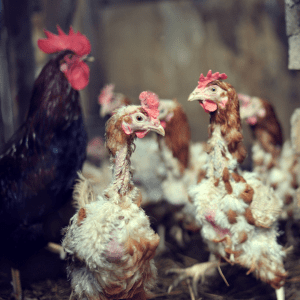
We’ve delved into the signs and stages of molting, highlighting the importance of recognizing the physical and behavioral changes that occur. We’ve answered questions like do chickens molt? Do chickens molt in winter? High protein foods for molting chickens.
Nutritional needs take center stage during this period, with a focus on providing a diet rich in protein, vitamins, and minerals to support feather regrowth and overall health.
Managing the molting season effectively involves making environmental adjustments for comfort and closely monitoring health to ensure any issues are promptly addressed.
To all the chicken keepers navigating the molting season, remember that this is a temporary phase, and with the right care and attention, your flock will emerge stronger and more beautiful.
Your efforts during this time do not go unnoticed; they play a crucial role in the health and productivity of your chickens. Molting is a testament to the resilience of these incredible birds and serves as a reminder of the cyclical nature of life on the farm or in the backyard coop.
Stay patient, stay informed, and continue to provide the best care for your feathered friends.
The joy and satisfaction of seeing your chickens thrive post-molting, with their new feathers glistening in the sun, are incomparable rewards for your dedication and hard work. Happy chicken keeping!
10.FAQs about Chicken Molting
1.How long does the molting process typically last for chickens?
The molting process for chickens typically lasts between 4 to 6 weeks, but it can extend up to 12 weeks or more, depending on the chicken’s age, breed, and overall health. Each chicken experiences molting differently, with some completing the process more quickly than others.
2.Can I prevent my chicken molting?
No, you cannot prevent your chicken molting. Molting is a natural and necessary process that allows chickens to replace old feathers with new ones. However, you can support your chickens through the molting process by providing them with a high-protein diet and ensuring they have a comfortable environment.
3.Do all chickens molt at the same time?
No, all chickens do not molt at the same time. Molting can occur at different times for different chickens, even within the same flock. Factors such as age, breed, and environmental conditions can influence the timing of molting.
4.Why is protein so important for molting chickens?
Protein is crucial for molting chickens because feathers are primarily made of keratin, a type of protein. During molting, chickens need extra protein to support the growth of new feathers. Providing a diet rich in protein helps ensure healthy feather regrowth and supports overall well-being.
5.How can I tell if my chicken is stressed during molting?
You can tell if your chicken is stressed during molting by observing changes in behavior, such as increased irritability, reduced social interaction, or changes in eating habits. Chickens may also seek more secluded areas to rest. Providing a calm environment and extra care can help reduce stress during this time
Chicken Tractors for Your Flock
When Do Chickens Start Laying Eggs
